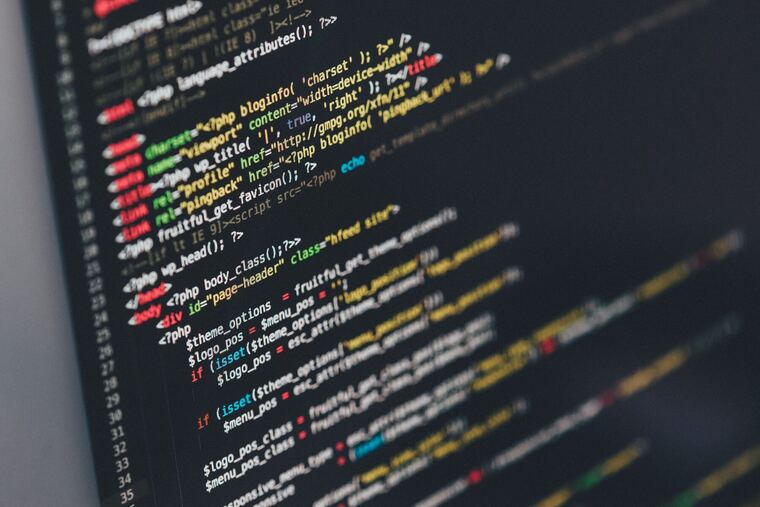PHP versus Python – a showdown between two heavyweight contenders in the realm of web development. When it comes to building secure web applications, choosing the right programming language is crucial. In this blog post, we will dive into the security aspects of PHP and Python, exploring their features and best practices to help you make an informed decision for your next project. So buckle up as we unravel the mystery behind PHP and Python’s security capabilities!
Security Features in PHP Web Applications
When it comes to security features in PHP web applications, there are several aspects to consider. One important feature is the built-in filtering and validation functions offered by PHP. These functions help prevent common security vulnerabilities such as SQL injection and cross-site scripting.
PHP also provides support for secure encryption methods, allowing developers to protect sensitive data transmitted over the internet. Additionally, PHP has a robust community that regularly releases updates and patches to address any security issues that may arise.
Another key aspect of security in PHP web applications is session management. PHP offers various session handling options, including cookie-based sessions and database-backed sessions, which can help prevent unauthorized access to user data.
PHP frameworks like Laravel offer additional layers of security through features like CSRF protection and input validation libraries. Leveraging these built-in security features in PHP can help developers create more secure web applications for their users.
Security Features in Python Web Applications
When it comes to security features in Python web applications, developers have a variety of tools at their disposal. One key aspect is the robust authentication and authorization mechanisms provided by frameworks like Django and Flask. These frameworks offer built-in support for user management, role-based access control, and session handling.
In addition to that, Python’s standard library includes modules for cryptographic operations such as hashing algorithms and SSL/TLS support. This allows developers to securely store sensitive information like passwords and encrypt communication between clients and servers.
Python’s community-driven approach means that there are numerous third-party libraries available for implementing additional security measures. From input validation to secure coding practices, developers can leverage these libraries to enhance the overall security posture of their web applications.
Comparison of PHP and Python in Terms of Security
When it comes to security in web applications, both PHP and Python offer robust features to keep your data safe. PHP has built-in functions for encryption, secure password hashing, and protection against common vulnerabilities like SQL injection attacks. On the other hand, Python provides a strong standard library with modules for cryptographic operations, secure socket communication, and authentication protocols.
While PHP has a longer history in web development and a larger user base which results in more resources available online for securing your applications, Python’s simplicity and readability make it easier to write secure code from the start. Additionally, Python’s strict indentation rules promote cleaner code that is less prone to security vulnerabilities caused by human error.
Choosing between PHP and Python for your web application security will depend on factors like project requirements, team expertise, and personal preferences. Both languages have their strengths when it comes to security measures; it’s up to you to weigh them against your specific needs.
Best Practices for Secure Web Development with PHP and Python
When it comes to secure web development with PHP and Python, there are some best practices that developers should follow to ensure the safety of their applications.
Always keep your PHP and Python versions updated to include the latest security patches and fixes. This simple step can prevent potential vulnerabilities from being exploited by malicious actors.
Implement proper input validation in your code to mitigate risks such as SQL injection and cross-site scripting attacks. By sanitizing user inputs effectively, you can prevent attackers from injecting harmful code into your application.
Use secure coding practices when developing your web applications with both PHP and Python. This includes avoiding hardcoded passwords, implementing encryption for sensitive data, and following industry-standard security guidelines.
Regularly conduct security audits and testing on your PHP and Python applications to identify any potential weaknesses or vulnerabilities. By staying proactive in monitoring your application’s security posture, you can better protect it from cyber threats.
Choosing the Right Language for Your Application’s Security Needs
When it comes to choosing between PHP and Python for your web application’s security needs, it ultimately depends on various factors such as the specific requirements of your project, your team’s expertise, and the level of security you need to implement.
Both PHP and Python offer robust security features that can help protect your web applications from vulnerabilities and attacks. However, Python is often praised for its readability and clean syntax, which can make it easier to write secure code.
On the other hand, PHP has been around for a long time and has a large community of developers who continuously work on improving its security features. The choice between PHP and Python will depend on what works best for your team and project requirements.
Remember that regardless of which language you choose, following best practices in secure web development such as input validation, using parameterized queries to prevent SQL injection attacks, implementing proper authentication mechanisms, keeping libraries up-to-date, and conducting regular security audits are essential to ensure maximum protection for your web applications.
So before making a decision between PHP or Python for your next project based on security aspects alone – consider all factors involved in order to choose the right language that aligns with both your technical capabilities and desired level of application security.


Leave A Comment Cancel reply